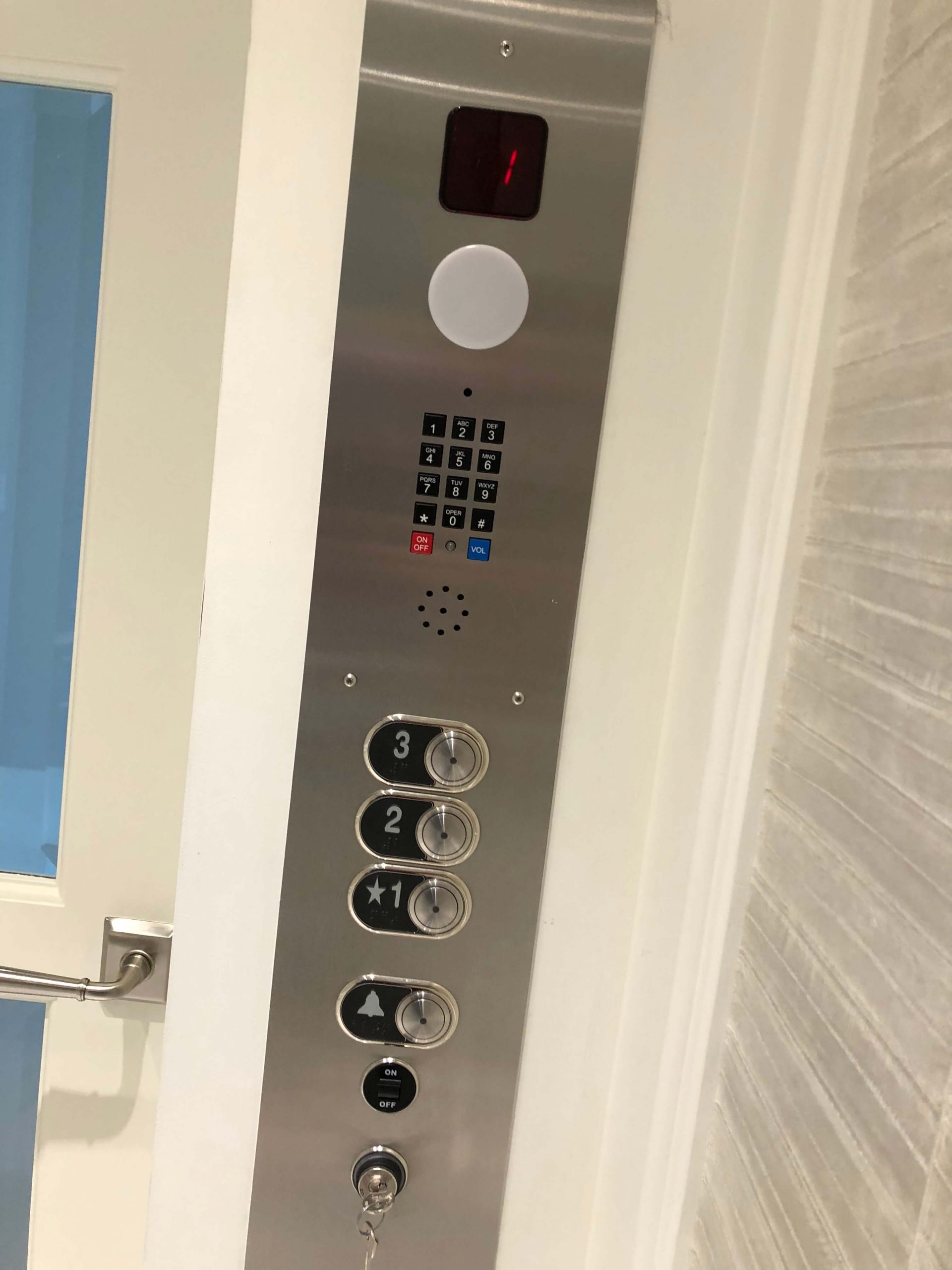Whether you’re considering adding a new elevator to your home or business or you’ve decided it’s time to modernize and update the one you have, you’re likely wondering exactly how long the process is going to take.
Most homes or businesses with elevators utilize them regularly, which is why it’s critical to have them installed properly and have them up and running safely and effectively as quickly as possible. In South Florida, Rise Above Elevator is the premier choice for all of your elevator installation and modernization solutions.
In this post, we’ll cover the answers to this common question about elevator systems:
How long does it take to install a new elevator or modernize an existing one elevator?
First and foremost, it’s important to remember that elevator installation time can vary significantly depending on the size and scope of the elevator system that’s being installed.
Home elevator installation is often faster than it takes to install an elevator system for public use (i.e., in a highrise), simply because a residential elevator will likely be smaller than a commercial use elevator and have fewer destination floors.
The type of elevator that’s being installed will also have an effect on how long it takes to install. For example, a hydraulic elevator may take longer to install than a pneumatic vacuum elevator simply because pneumatic elevators are easier to install than hydraulic elevators.
These are general estimates that vary depending on the scope of the project, but elevator installation could take anywhere from one week to months.
Here are four aspects of elevator installation that are important to keep in mind during the process.
Let’s go over some of the key information about elevator installation, elevator modernization, and lift modernization to offer some insight into what you can expect from these various projects.
Elevator installation
As we mentioned, depending on the type of elevator being added, the installation process could take days to weeks. They often require permits and contractors that add to the length of this process as well.
Hydraulic elevators can be an excellent option for homes or businesses, but they do entail a more intricate installation process. If this system is being built into an existing home, it tends to require some major remodeling within your home to accommodate it.
As we mentioned, hydraulic elevators involve a detailed installation process. They need a pit to operate, and this pit has to be dug in order to install the piston, cylinder, and other equipment.
Depending on where in your building the elevator is being installed, you might have the option of installing windows along with it as shown in the example above. Have a look at our home elevator cabs with windows style guide here where we also outline some of your custom elevator design options for the home.
On the other hand, pneumatic elevators can usually be built into existing homes without significant constructional changes. This is because pneumatic elevators don’t need a pit, piston, cylinders, or an additional machine room.
Have a look at some of the hydraulic and pneumatic machine roomless elevators we have to offer.
Elevator modernization
There are plenty of good reasons to consider elevator modernization, whether it’s for commercial or residential elevator systems.
Here’s a beautiful example of a modern glass elevator we installed in a home.
Here are just a few common reasons people may choose this option:
- The need to increase elevator car space
- The elevator is inefficient and unreliable
- Outdated elevator equipment
- Improve energy efficiency
- Landing and leveling problems
- Safety considerations
- To cut down on repair costs
Typically, elevator modernization involves four steps:
- Gathering and shipping the materials
- Dismantling
- Installation
- Testing and inspection
There’s a lot more involved within these four steps, and each one can take weeks depending on the project. But if you’re looking for a residential elevator system, keep in mind the process tends to be much shorter.
If you’d like to learn more about your options with elevator modernization, have a look at this post where we dive deeper into the topic.
Lift modernization
If your home or business has a wheelchair lift or chair lift, modernization is also an option for you. Many of the same reasons for wanting to modernize your elevator system apply to lift modernization. But usually, the leading factors for lift modernization are to increase safety and performance.
Lift modernization is a good way to get the benefits of a brand new lift system without undergoing the entire lift installation process from the beginning.
Chair lifts for wheelchairs offer a variety of benefits for their users. Have a look at six of them here.
At Rise Above Elevator, we offer a variety of custom vertical lift upgrades, including:
- Enclosures: There are options available to enclose the lift system, including upgrading to a glass enclosure for a sleek look
- Ventilation: Depending on the enclosure, there are options to choose from for ventilation and roofing
- Custom flooring: Depending on the color scheme and dimensions of the flooring, lifts can be customized accordingly
- Lighting options: Proper lighting is essential for the safe operation of chair or wheelchair lifts
- Capacity: We have options available to increase the weight limit of your lift system up to 1,000 pounds
- Lift doors: Automatic gates or doors are a popular lift upgrade choice
- Handrails: Depending on your safety needs, additional handrails can be installed
- Custom cab options: We offer various customization options for cabs including their color so they can fit in seamlessly with the design of your home or business
If you’re ready to talk more about installing a new elevator system or modernizing the one you already have, we’re here to help! Our dedicated team has the experience and skill to make your elevator installation or modernization process a smooth one. Give us a call today so we can get started.



